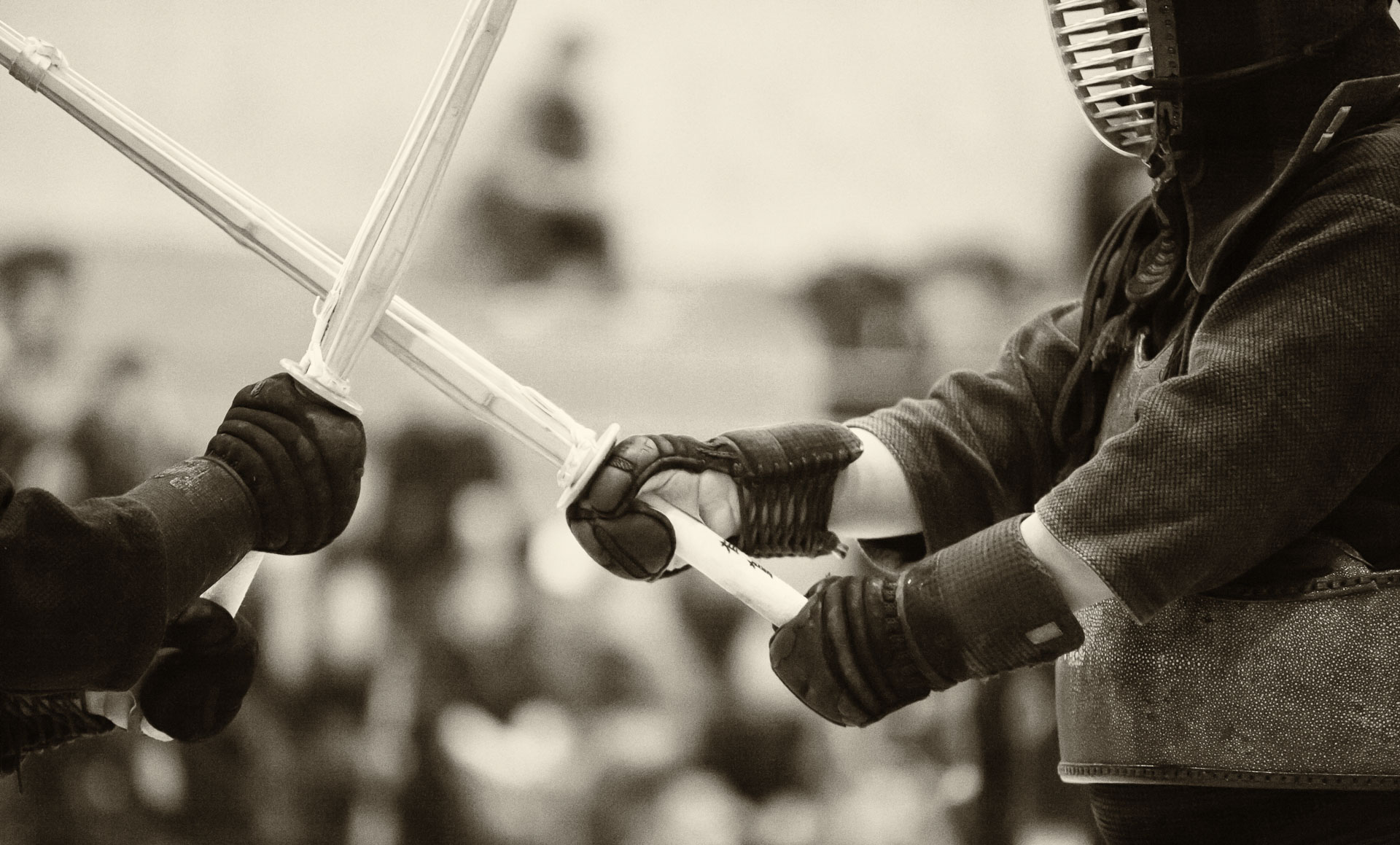
Professional photographers often give the following advice on choosing the area of specialization: shoot projects in the field, to which you already have some connection. For example, if you play a particular sport, try shooting that. If you are interested in street photography, try shooting in your home town. If you travel a lot, try travel photography…
This is a sound advice, because choosing the subject based on your current activity makes use of your pre-existing interest and expertise in this area. In my case, this natural selection of the topic happened several times. First, I became interested in travel photography, because my job took me to conferences all over the world. Second, working at the University, I started shooting sporting events involving our student-athletes. Now, I am doing dance and performance photography for a local school, where my daughter takes ballet classes.
Dance photography is a fascinating area. I find that because dance itself is an inherently beautiful form of art, it removes a lot of pressure to create a beautiful image from the photographer – the subject is already beautiful! Perhaps, people like photographing flowers for the same reason.
On the other hand, I was never seriously interested in dancing myself, but through my daughter’s fascination with dance and through learning how to photograph it, I find that my interest in and knowledge of various aspects of it (training methods, performance production, dedication required form the students and the instructors, etc.) also increases. In fact, the idea of enrolling my daughter in a dance class at an early age first came to me when I was assisting another photographer with covering a large year-end performance for the same school. Of course, there were other clues, like her spontaneously starting to dance while watching a DVD of “Tales of Beatrix Potter” ballet in the gift shop of the Palais Garner in Paris, when she was less than two years old.



















 UV light photography is typically done in a dark studio and, until recently, with a relatively long shutter speed to maximize the intensity of the fluorescent light. As a result, “black light” photographs have a distinct look that features high tonal and colour contrast, a black background and a distinct bluish-purple colour cast produced by the visible portion of the LED or strobe lights.
UV light photography is typically done in a dark studio and, until recently, with a relatively long shutter speed to maximize the intensity of the fluorescent light. As a result, “black light” photographs have a distinct look that features high tonal and colour contrast, a black background and a distinct bluish-purple colour cast produced by the visible portion of the LED or strobe lights.
 In order to maintain the impart of the fluorescent makeup, we found that it is effective to break the conventional rules of lighting the model. Specifically, instead of diffusing the incident light, we used a small, directed light source that created harsh shadows on the model’s face, i.e. sharp transitions between the light and the dark areas. This way, the fluorescent makeup, which was located in the deep shadows, was not affected by the white light and was very prominent in the resulting image.
In order to maintain the impart of the fluorescent makeup, we found that it is effective to break the conventional rules of lighting the model. Specifically, instead of diffusing the incident light, we used a small, directed light source that created harsh shadows on the model’s face, i.e. sharp transitions between the light and the dark areas. This way, the fluorescent makeup, which was located in the deep shadows, was not affected by the white light and was very prominent in the resulting image.










